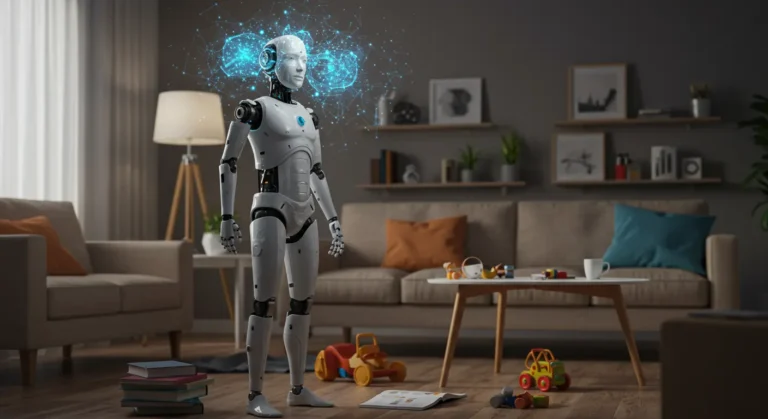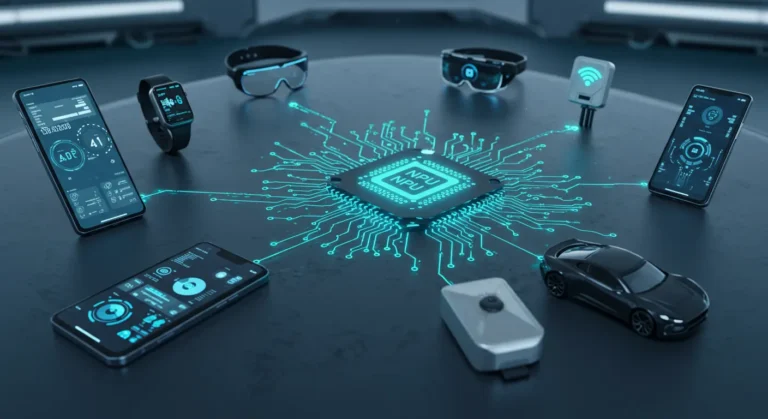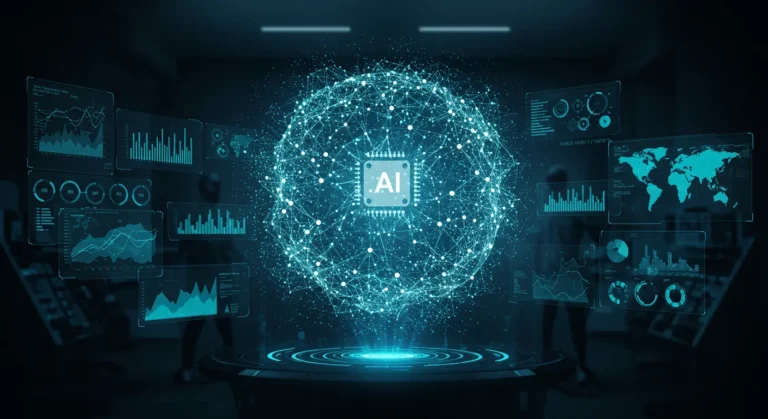
In 2025, we’re not just teaching machines to understand humans. We’re teaching humans to perceive the world like machines.
Welcome to the era of synthetic senses — where artificial intelligence doesn’t just restore lost abilities, it creates entirely new ways to experience reality.
Imagine “feeling” Wi-Fi. Hearing colors. Detecting north with your chest. It’s not science fiction. It’s already happening.
What Are Synthetic Senses?

Synthetic senses go beyond prosthetics or assistive devices. They’re human-machine interfaces that give us perceptual channels we didn’t evolve with.
They’re:
- Additive — introducing entirely new modalities
- Adaptive — changing with environment or context
- Generative — using AI to interpret and translate signals in real-time
While traditional sensory substitution helps you “see with your ears,” synthetic senses ask: what else could you sense, if you had the right interface?
How AI Powers This Shift

What makes synthetic senses more than a novel sensor is interpretation.
And interpretation = AI.
AI models:
- Map data from one domain (e.g., sonar) into another (e.g., vibration)
- Adapt feedback based on user response or context
- Learn optimal patterns of stimulation (e.g., what pulse = danger vs calm)
Think of AI here as a personal perceptual translator — tuning signals into meaning in ways the brain can accept, even if it’s never encountered that input before.
The more contextual the AI, the more natural the sense becomes.
Synthetic Sense Use Cases (Beyond the Cool Factor)

This tech is not just for biohackers.
🧏♂️ Accessibility
AI-driven sensory augmentation gives new options for:
- Hearing through touch
- Seeing through echolocation
- Communicating via neural-intent or haptic feedback
🧠 Augmented Intelligence
What if you could “feel”:
- Stock market volatility?
- Room tension in a meeting?
- Your kid’s stress level from their smart watch?
Synthetic senses will allow passive monitoring to become visceral — and actionable.
🛡️ Military & First Responders
Detecting toxic gas? Hidden motion? Enemy drones beyond visible range?
Synthetic senses allow humans to be embedded in non-human feedback loops.
🕹️ Immersive Experiences
From VR to smart architecture, environmental signals can now be felt — making space itself interactive. Imagine game feedback that tickles your skin with directional soundscapes.
Risks & Ethics: More Than Just Sensory Overload
As with all emergent tech, the risks aren’t in the hardware — they’re in the interface with humanity.
❗ Key Challenges:
- Sensory Overload: How much is too much?
- Cognitive Dissonance: What if the input conflicts with other senses?
- Neurological Adaptation: Are we rewiring brains without knowing the long-term effect?
- Consent & Privacy: What if someone feeds you perceptual data without your knowledge?
FAQs
Is this the same as neural implants?
Not necessarily. Many synthetic senses use external wearables or vibration-based feedback, though BCI integration is growing.
Do synthetic senses require surgery?
Most current systems are non-invasive or minimally invasive.
Can people adapt to these senses long term?
Yes. Studies show the brain can remap sensory input remarkably fast, especially when AI personalizes the pattern.
Can this enhance creativity or intuition?
Potentially — early adopters report feeling more “in tune” with spaces, movement, or emotion.
Final Thought: Your Perception, Upgraded
We’ve always shaped our tools. Now they’re shaping our perception.
Synthetic senses challenge one of our deepest assumptions — that reality is fixed, and our access to it is limited.
In 2025, with the help of AI, we’re beginning to design experience itself.
Not just more data. More ways to feel alive.
👉 Follow Wonderine for more Juno Vector briefings.
“I don’t just follow tech. I translate it.”




